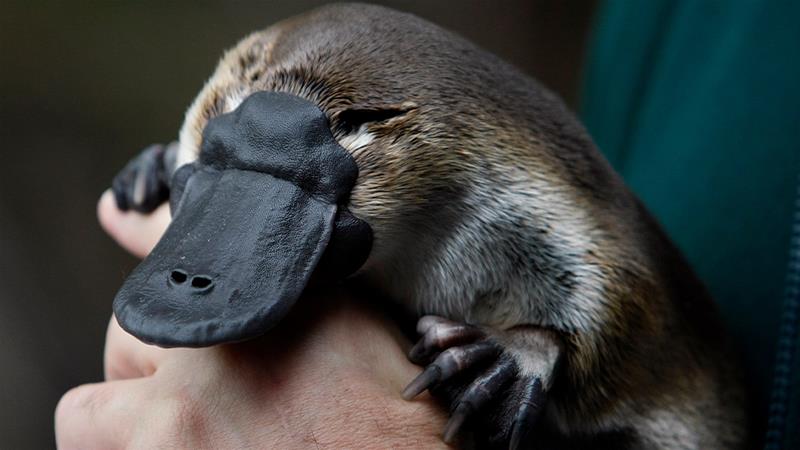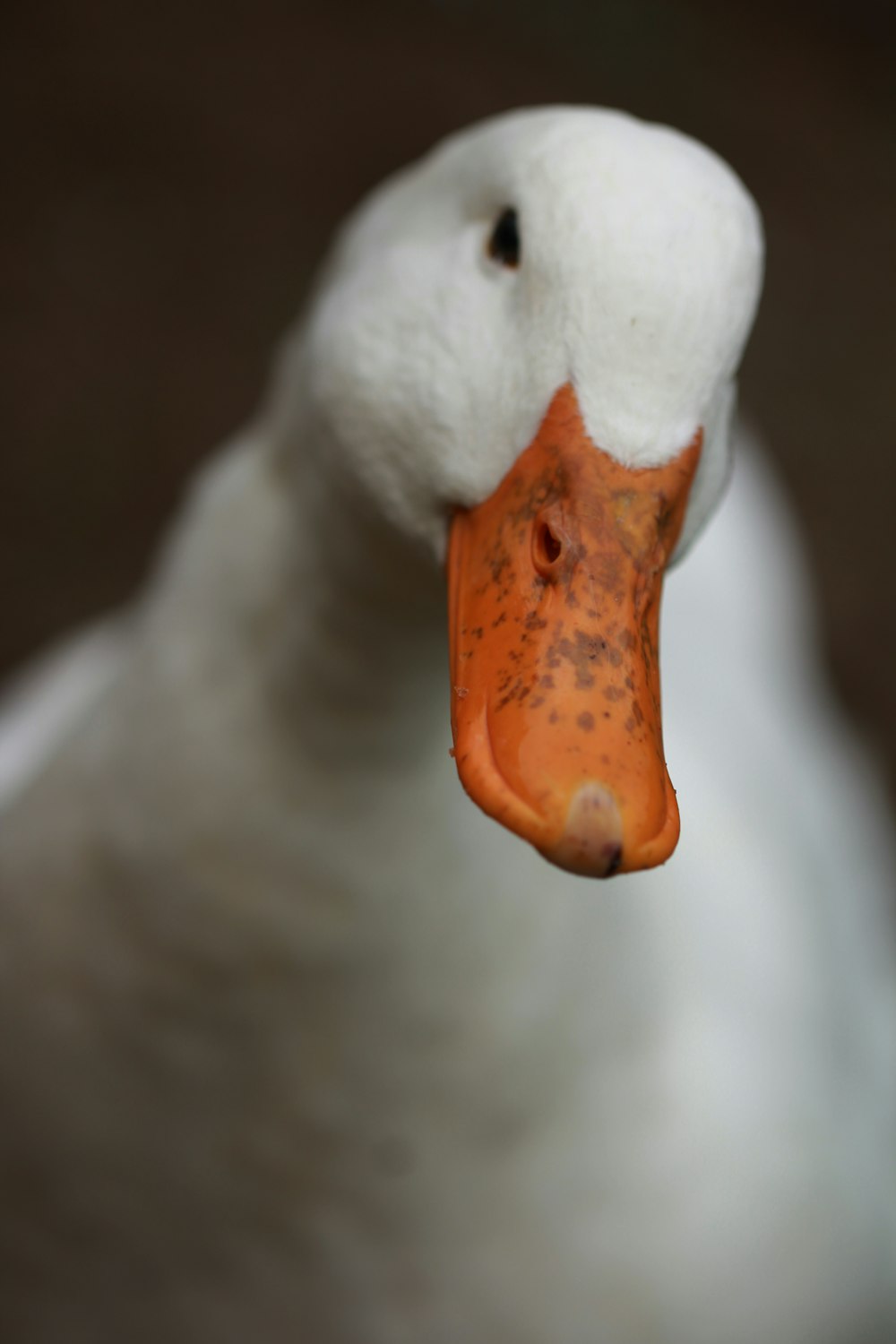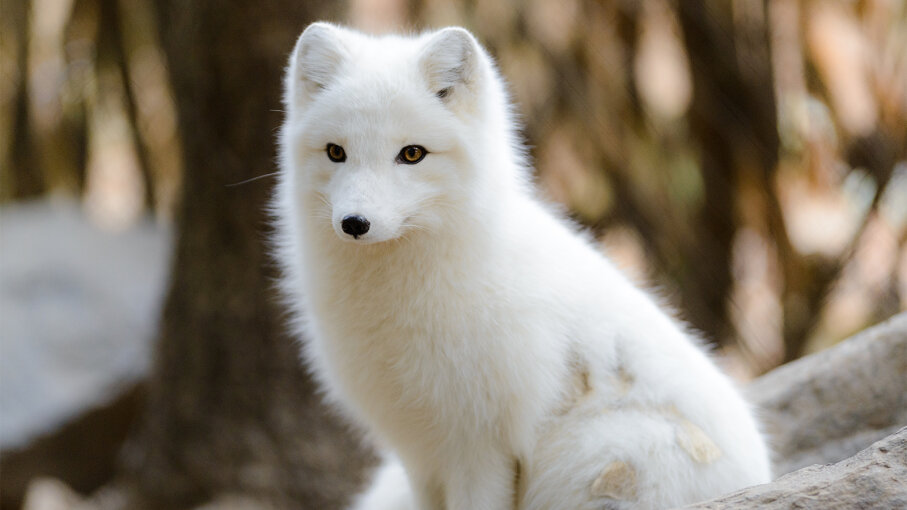1. Homologous Traits
Welcome back to another blog i hope everyone is healthy and in good sprites. well lets get right into it today we will be talking about homologous traits and analogous traits The two animals i chose were the platypus and the ducks.ducks and Platypus are not related by hereditary qualities ,however they share this structure work because of the normal environment they live in being water. The duck is a well disposed creature that performs both on the outside of the water, dry land, and the air. Its plumage and the state of the snout, just as the peculiar state of its feet, are striking. The duck is a fowl, an oviparous creature. The ducks' mouth has an impossible to miss shape, it is level and serves to channel the water, holding nourishment substances. They lower the mouth or plunge submerged and gather by sifting the nourishment. They have legs splendidly adjusted to swim and move without soaking in the water. The body of the platypus is dainty and extended, smoothed out. It is secured with thick dull earthy colored and dark or yellow hide on the underside, waterproof. It has webbed feet just as solid nails, the tail is wide and level, and a bill like ducks. The platypus is an oviparous creature however notwithstanding it is a well evolved creature.
2. The homologous trait shared by the platypus and the duck is its mouth and legs. The two creatures have a lengthened and wide nose, with sufficient legs to have the option to endure submerged and to have the option to swim anything without any problem. Despite the fact that they have this comparable component, the capacity is very unique. Platypuses utilize the snout to have the option to see, when some different species is near it, it can begin to feel the vitality of different species through the bill, the mouth doesn't contain teeth since these are found a lot further. They have 4 legs and just utilize their 2 front legs to swim, normally the back legs use them for capacity. Ducks as we definitely realize somewhat more have a stretched mouth that contains teeth and is typically utilized for eating, as their strangely formed legs are ideal for swimming and enduring quite a while in the water.
3c. the general common ancestor would be a bird however a platypus a mammal because of its ways and how its combined with another animal


2.Analogous Trait
The two species I decided to think about are the cold fox and ptarmigan. Cold foxes have wonderful white some of the time bluedark covers that go about as extremely powerful winter disguise.Both the ice fox and the ptarmigan share the practically equivalent to trait of experiencing regular changes of shading from dull to frigid white. This mutual component doesn't reflect normal heritage. Rather, this element was supported independently in the two species because of comparative specific weights. That is, the hereditarily decided capacity to change to light shading in winter helped both foxes and ptarmigans endure and repeat in a spot with frigid winters and sharp-peered toward predators. It is far-fetched that the last regular progenitor of the fox and ptarmigan changed shading with the seasons, as this particular trait is because of natural weights. Furthermore, in the event that you see all fox and winged creature species this trait is just relevant to those living in a frigid domain. In the two cases, these traits are one of a kind to a couple of animal varieties, which means they are "inferred" traits. That implies they emerged freely in these two species and not from legacy from a typical precursor.Thank you for reading this blog hop you enjoyed.


2. The homologous trait shared by the platypus and the duck is its mouth and legs. The two creatures have a lengthened and wide nose, with sufficient legs to have the option to endure submerged and to have the option to swim anything without any problem. Despite the fact that they have this comparable component, the capacity is very unique. Platypuses utilize the snout to have the option to see, when some different species is near it, it can begin to feel the vitality of different species through the bill, the mouth doesn't contain teeth since these are found a lot further. They have 4 legs and just utilize their 2 front legs to swim, normally the back legs use them for capacity. Ducks as we definitely realize somewhat more have a stretched mouth that contains teeth and is typically utilized for eating, as their strangely formed legs are ideal for swimming and enduring quite a while in the water.
3c. the general common ancestor would be a bird however a platypus a mammal because of its ways and how its combined with another animal


2.Analogous Trait
The two species I decided to think about are the cold fox and ptarmigan. Cold foxes have wonderful white some of the time bluedark covers that go about as extremely powerful winter disguise.Both the ice fox and the ptarmigan share the practically equivalent to trait of experiencing regular changes of shading from dull to frigid white. This mutual component doesn't reflect normal heritage. Rather, this element was supported independently in the two species because of comparative specific weights. That is, the hereditarily decided capacity to change to light shading in winter helped both foxes and ptarmigans endure and repeat in a spot with frigid winters and sharp-peered toward predators. It is far-fetched that the last regular progenitor of the fox and ptarmigan changed shading with the seasons, as this particular trait is because of natural weights. Furthermore, in the event that you see all fox and winged creature species this trait is just relevant to those living in a frigid domain. In the two cases, these traits are one of a kind to a couple of animal varieties, which means they are "inferred" traits. That implies they emerged freely in these two species and not from legacy from a typical precursor.Thank you for reading this blog hop you enjoyed.


hello Aurion, I hope your doing well. i was wondering who would do the platypus and duck comparison. I was wondering whether the trait was homologous or analogous. i would have liked to see anatomical diagrams or a full body picture of the animals for comparison. you wrote about the feet but did nit include pictures to compare. as for the fox and the ptarmigan; great job on thinking outside of the box! I completely forgot about all the animals that mimic there surroundings and camouflage. what about all the animals with venom glands or poisonous secretions? im very impressed an i enjoyed your post an awful lot. thank you.
ReplyDeleteAurion, I am sending you an email regarding your post.
ReplyDelete